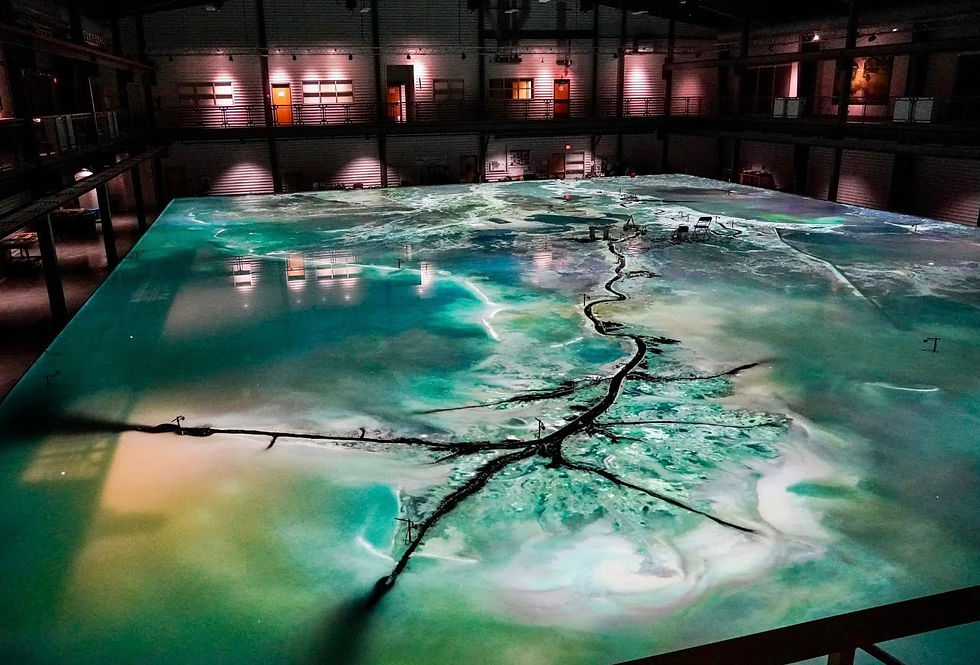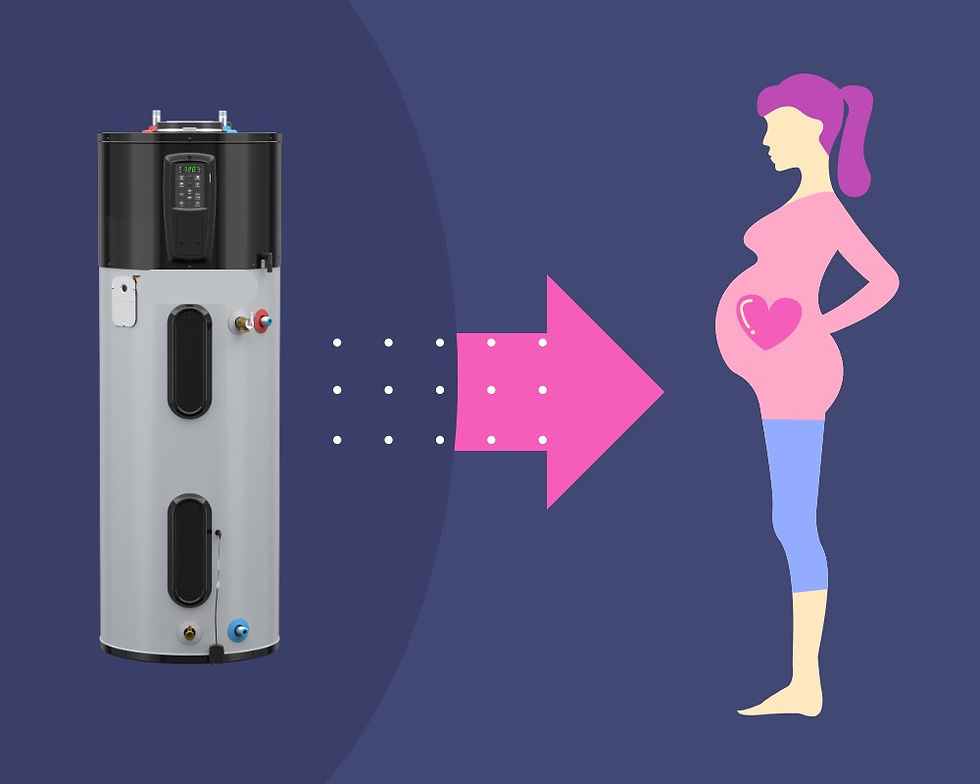Protecting More Than Homes: What New Orleans Taught Me About Environmental Recovery
- David Lawrence Chang
- Jul 31
- 4 min read
Post by David Lawrence Chang
When I first learned that I was going on a school service trip to New Orleans (NOLA) to help build houses and assist with hurricane relief, my initial thought was, "Wasn't Hurricane Katrina more than 20 years ago? Why do they still need help recovering?" But as I looked deeper, I realized that the city has endured more than just Katrina. Hurricanes Ida (2021), Laura (2020), and Zeta (2020) have all caused severe damage, leaving lasting impacts on homes and infrastructure.
Katrina, the deadliest hurricane in U.S. modern history (and way before I was even born), caused catastrophic flooding after levee failures, and more recent disasters like the 2011 Mississippi River floods and the 2017 New Orleans tornado outbreak have further devastated communities. I arrived with no expectations, only a mindset focused on learning about the local culture and the specific needs of the people. I sought to understand how hurricanes and other disasters affect both the built environment and the natural landscape, and what steps could be taken to prevent future catastrophes.
As I learned more about the lasting impacts of hurricanes on NOLA from a LSU Marine Biology Professor, I realized recovery wasn’t just about rebuilding homes; it was also about protecting the environment. One of the most critical defenses against future storms lies in the marshes, which serve as natural storm barriers while also preventing pollution.

The marshes of NOLA are crucial for sustaining the land where people live and also for preventing pollution from reaching the ocean. The Mississippi River, which collects water from 31 states, plays a vital role in supplying sediment-rich nutrients to these marshes. It’s quite a reach for one river. Since the Mississippi is also a major trade route, city planners built levees to control its flow, whereas previously, the river’s path would shift naturally over time. While the levees protect cities from flooding, they also block essential sediment from reaching the marshes. Along with damage due to sediment loss, over the last 25 years on average, Louisiana’s marshes have lost about a football field’s worth of land every hour, making marsh protection more important than ever.
The question that often arises is: Why protect the marshes? First, if they disappear, many neighborhoods and communities will be forced to relocate due to land loss. Some communities have already been moved because the city can no longer maintain their roads. Second, marshes help prevent pollution. The Mississippi River carries fertilizers that flow downstream. The trees and plants within the marshes trap these nitrates, stopping them from entering the ocean and preventing pollution in the Gulf. Without this natural filtration, local fish populations could suffer, impacting the large fishing industry that depends on them.
Most importantly, marshes protect against hurricanes, serving as a natural buffer against storm surges and high winds. With climate change fueling stronger, more frequent hurricanes, marshes are one of the last lines of defense for coastal communities. The loss of marshland means greater vulnerability to storms, increasing the risk of flooding and destruction.
Understanding this connection between hurricane mitigation and marshes became even more apparent when our group got incredibly lucky. One of our chaperones had a brother who did research at the LSU Center for River Studies, so we had the rare opportunity to visit the facility. Seeing the massive Mississippi River model firsthand gave us insight into how sediment transport, levees, and marsh erosion impact hurricane resilience, deepening our appreciation for the importance of coastal protection.

Many efforts are underway to preserve and restore the marshes. Advanced technology is being developed to visually monitor rivers using AI, detecting bands of visible light that indicate different sediment levels. This method is far more effective than older in-water sensors, which are expensive and difficult to maintain. AI-driven satellite imagery allows broader, real-time monitoring, making research more accessible despite funding cuts. In addition to sediment tracking, active recovery efforts are taking place. In certain areas, dredging is being used to reroute the river, delivering much-needed sediment to struggling marshes.
Walking away from this trip, I realized recovery is about understanding the bigger picture: how the land, water, and people all rely on each other to survive. The marshes might not look like much, but they’re the unsung heroes of coastal protection, shielding homes, roads, and entire communities from the worst of the storms. Without them, NOLA is left wide open for whatever chaos the next hurricane brings.
Fixing a city isn’t only about rebuilding what’s broken. It’s about protecting what’s still standing, like the marshes and the neighborhoods they safeguard, because without action, even they won’t last. Back home in Los Altos, I don’t worry about hurricanes tearing through my street or the land literally disappearing into the ocean. But this trip made me realize that just because a problem isn’t right in front of me doesn’t mean it’s not mine to care about. The marshes may not be my backyard, but the fight to protect them is one that affects all of us. And I’m not about to sit back and let them vanish.




Comments